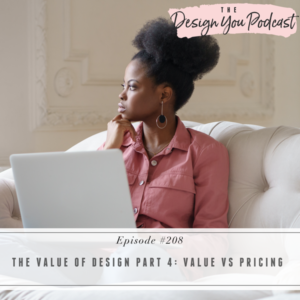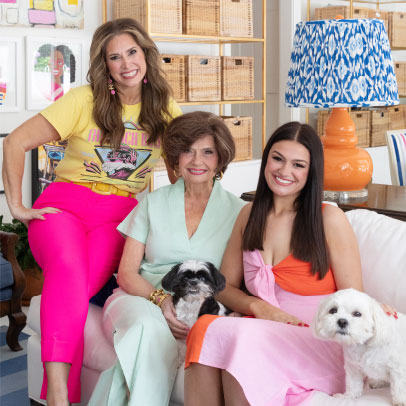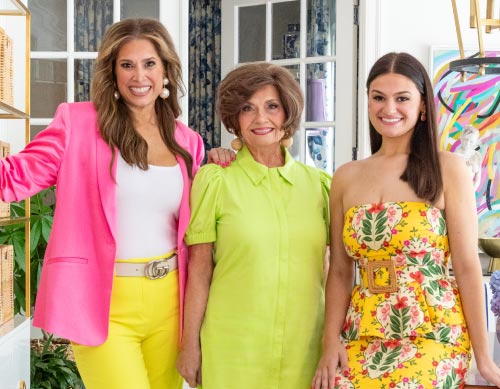
It’s the final part of The Value of Design series, friends, and we are finally talking about the dollar bills part of the equation, we’re talking about the money. In all of my programs, courses, and webinars, one of the top three things people want to talk about is how to charge.
As creatives, so many of us are guilty of constantly devaluing our work by the way we think and charge. When we buy into the hustle culture and the pressures of our society to be productive, we engineer the creativity right out of our work. But our creativity is our art, it is the most valuable thing that creatives do, and it is the one thing that will increase the value of your work in the world.
In this episode, I’m showing you how to make creativity non-negotiable and what truly creates value in your business. Learn about the cycle that keeps you firmly rooted in not charging enough in your business, and how to untether yourself from the external validation that your work and achievements are bringing you so you can start charging what you are worth.
Are you ready to master your mind and redefine new levels of success in your life and business? You do not want to miss Success Week! Every day from March 28th through April 1st, I’ll be coming to you live with the exact steps and strategies I used to redefine success in my life. Discover how to coach yourself through life-altering shifts and bust through the upper limits that have kept you at the same level of success for years, and start creating million-dollar ideas. Click here for full information and to sign up now.












